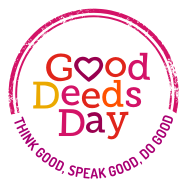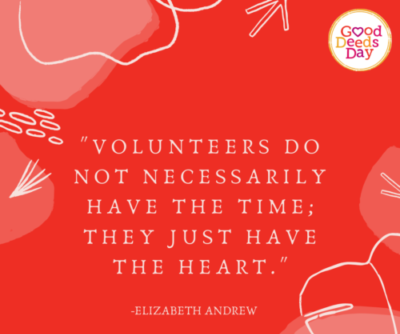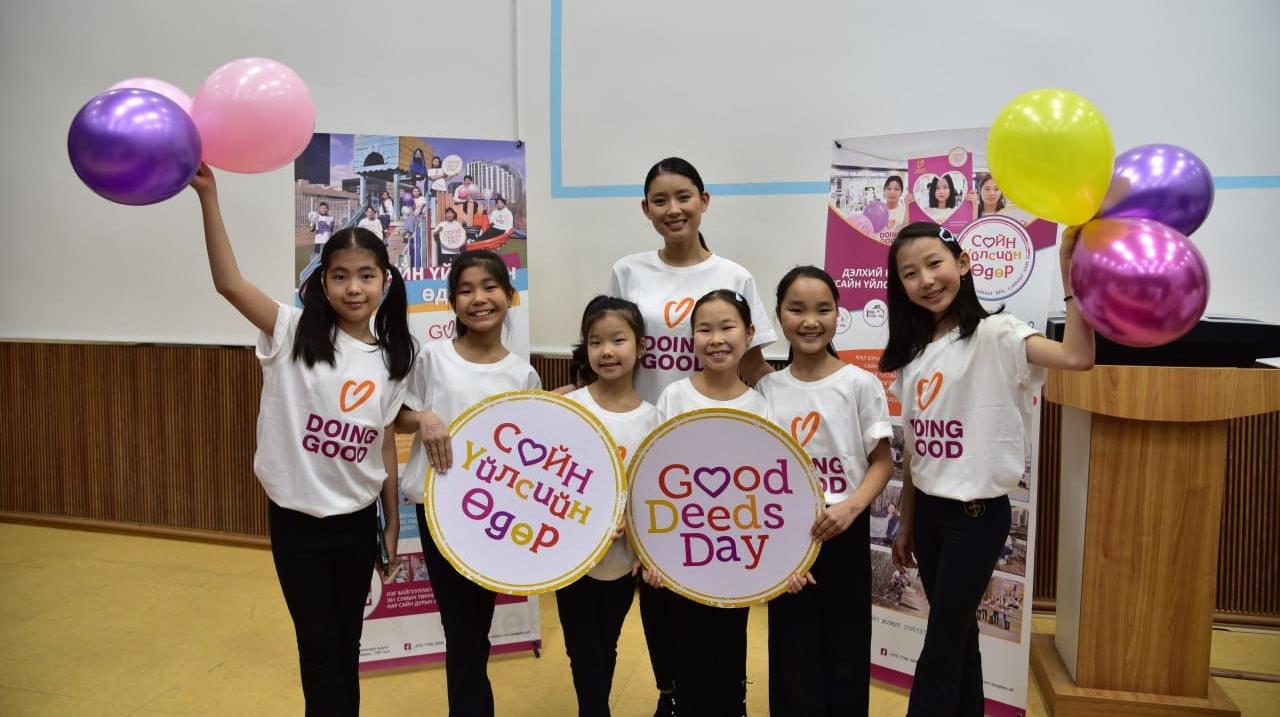
Our Approach: A Movement Built to Last
Good Deeds Day is celebrated every April, but doing good has no season, every day is an opportunity to make a difference. As we look ahead to Good Deeds Day 2026 on April 12, now is the perfect moment to choose how you’ll take action.
Project Ideas and Why They Work
If you’re looking for meaningful ways to support the children in your community, here are fresh, impactful project ideas that bring joy, learning, and connection to young people all year long.

Book & Toy Drive for Children
What to do: Place donation boxes or stands in public areas (schools, markets, clinics), collect children’s books, educational toys, and games. Promote via social media, community boards, local youth clubs. Donate collected items to local schools, community centers, children’s hospitals or libraries.
Why it matters: Access to books and safe toys helps early reading development, stimulates creativity, and builds hope. When communities organize drives, children from under-resourced areas receive essential resources. Sharing stories builds a love for reading and learning.
A book or toy can spark creativity, learning, and comfort.
Create a donation box or stand in a visible public area—schools, cafés, workplaces, or community centers are perfect spots.
Spread the word through social media, local WhatsApp groups, community bulletin boards, and neighborhood networks.
After collecting donations, partner with:
-
Schools
-
Children’s shelters
-
Community libraries
-
Pediatric hospital wards
A simple collection can become a lifeline of joy for children who need it most.

Creative Activity Sessions at Schools or Community Centers
What to do: Partner with a local school or community center. Hold interactive sessions like story-time, theater and drama performances, musical activities, art workshops, or storytelling circles. Invite a team of volunteers and educators.
Why it matters: Regular engagement through creative play and storytelling improves social-emotional skills, self-confidence, and connection. Simple fun activities help children express themselves and build trust.
Choose a school or community center and organize a fun, interactive activity.
Reach out to educators so you can tailor the session to the children’s interests.
Ideas that always win:
-
Music jam sessions
-
Theater or puppet shows
-
Storytelling & book clubs
-
Sports & movement games
-
Art & craft workshops
Bring a team of friends and make it an unforgettable experience for everyone involved.
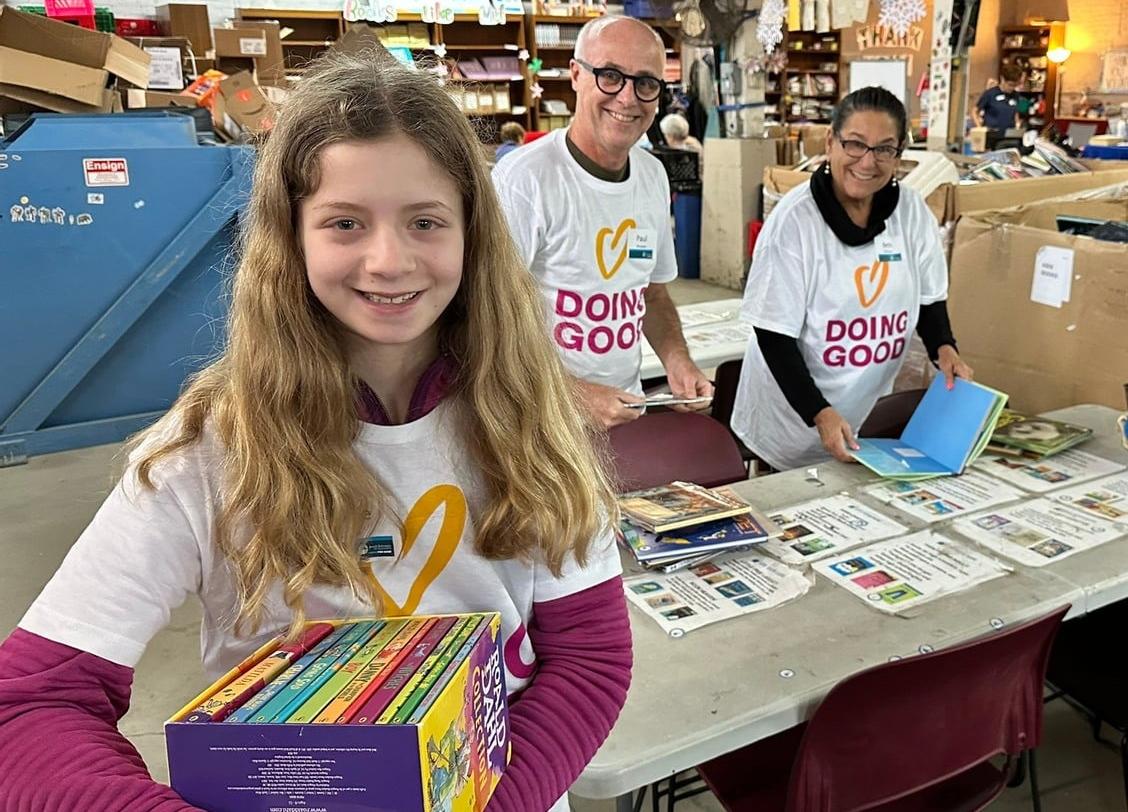
Pop-UP Liberary (Community Literacy Project)
What to do: Identify a public or underused space (a room, park corner, community hall, safe street spot). Clean or renovate a small shelter if needed. Collect and sort donated books (children’s books, multilingual books, picture books) from the community. Launch the pop-up library with a reading day for kids and families. Host a weekly or monthly story hour.
Why it matters: Pop-up libraries and community-based reading initiatives increase literacy, access to books, and community learning spaces. Community gardens and small shared learning spaces have been shown to strengthen social connection, mental wellbeing, and access to knowledge.
Many neighborhoods still lack access to books. A pop-up library can change that.
Find a community space – an unused classroom, a hallway, a small shed, or even a sheltered outdoor corner, that can be transformed into a tiny library.
Steps:
-
Request donated materials (paint, shelves, boxes).
-
Recruit volunteers to help clean, paint, and prepare the space.
-
Launch a book donation campaign.
-
Create a cozy reading corner for kids.
-
Celebrate the opening with a community storytime event.
This is a beautiful way to support literacy and inspire young readers.

Community Center Renovations
What to do: Identify community centers, youth centers, or local hubs that need repair or revitalization. Organize a volunteer day to paint walls, fix equipment, clean or update play areas. Create safe, bright, welcoming spaces where children meet and learn.
Why it matters: Safe and inclusive physical environments help children feel belonging and encourage them to participate in community programs. Investing in shared community centers strengthens the fabric of collective ownership and pride.
Many community centers operate with limited resources and aging facilities.
A small team of volunteers can make a huge difference in just a single day.
Projects can include:
-
Painting walls in bright, positive colors
-
Repairing benches, tables, or play areas
-
Cleaning and reorganizing rooms
-
Planting flowers or creating an outdoor play corner
Better spaces mean better experiences for children and families who rely on them daily.
School Garden (Outdoor Learning for Kids)
What to do: Partner with a school (or a community group) to plant a small garden. Grow vegetables, flowers or fruit. Create a schedule for students or children to tend it, learn about nature and growing food, and harvest together.
Why it matters: Community gardening programs promote environmental learning, nutrition education, increased social capital, and personal wellbeing among children and local residents. Studies show that community gardens contribute to mental well-being, sense of belonging, community connection, and sustained learning for young participants.
Start a small garden at a local elementary school, flowers, herbs, vegetables, or pollinator plants.
Teach children how to care for the garden, and assign students, groups, or classes to take turns watering and maintaining it.
Benefits:
-
Environmental education
-
Healthy habits
-
Beauty and fresh produce
-
Pride and ownership for the kids
By spring and summer, the school will have a living space that continues to grow, just like the children caring for it.
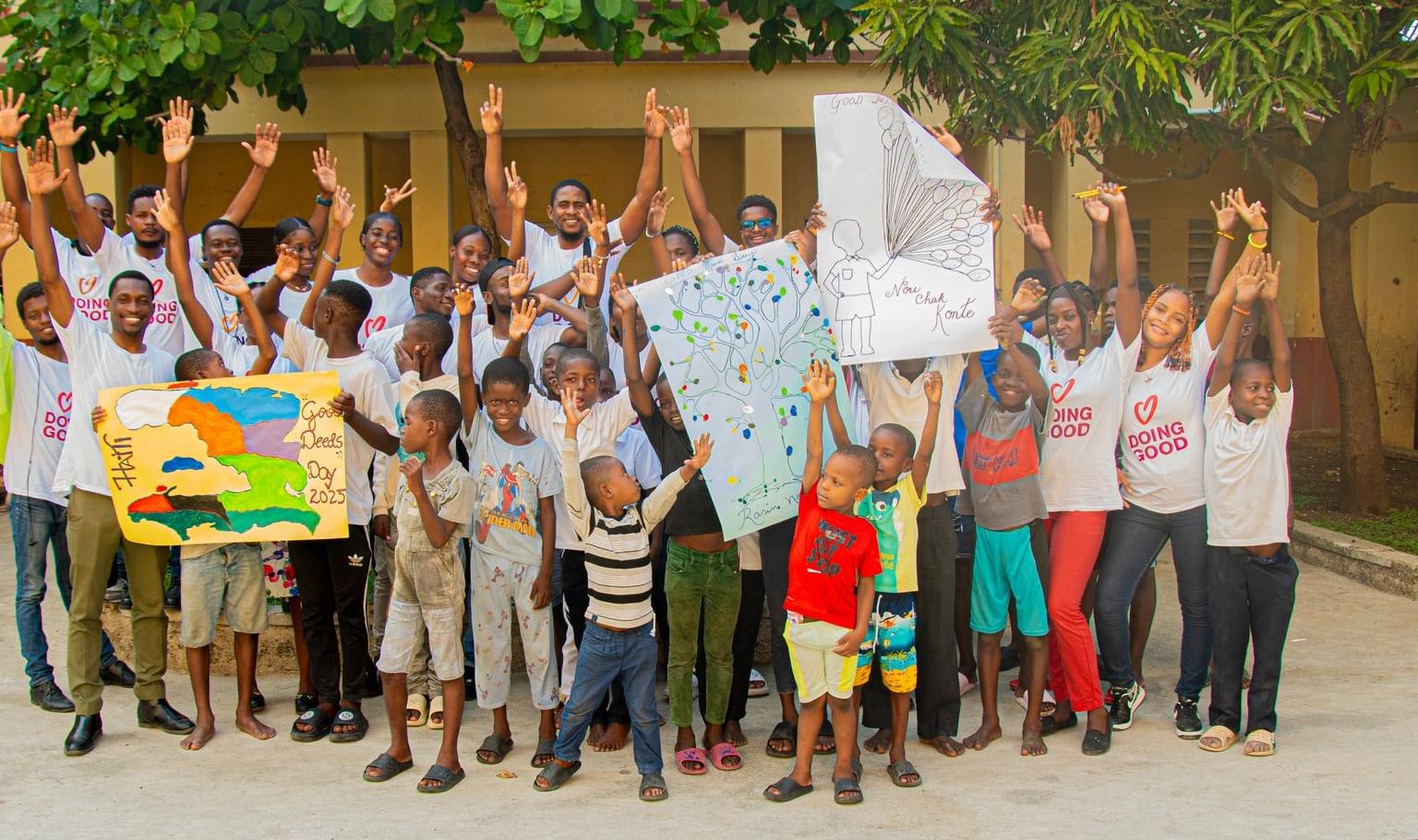
Tips for Success & How You Can Take Action
-
Start small, grow long-term. Even a small pop-up reading corner or a weekend painting session creates momentum.
-
Partner with local experts. Schools, local libraries, child-led groups, parent associations, grassroots youth networks.
-
Measure impact. Track number of children reached, feedback, before/after perceptions of space, stories from participants.
-
Sustain the action. Use the energy of Good Deeds Day but plan for year-round activities or monthly check-ins. As one of our partners shares: translating one big day into continuous volunteer cycles strengthens communities.
Make Good Deeds Day a Year-Round Tradition
Whether it’s one child or an entire community, every action matters.
These projects are simple, meaningful, and perfect for Good Deeds Day – but they’re also powerful ways to support children anytime throughout the year.
Let’s continue creating spaces where kids feel safe, supported, and inspired.
Ready to start planning your 2026 project?

